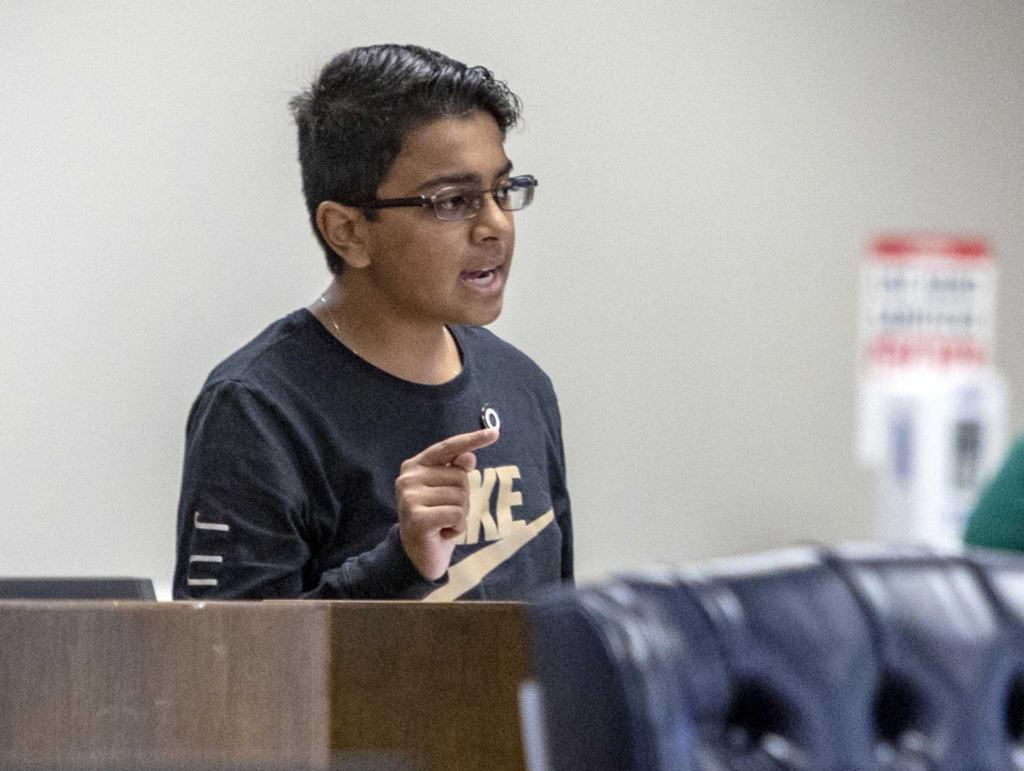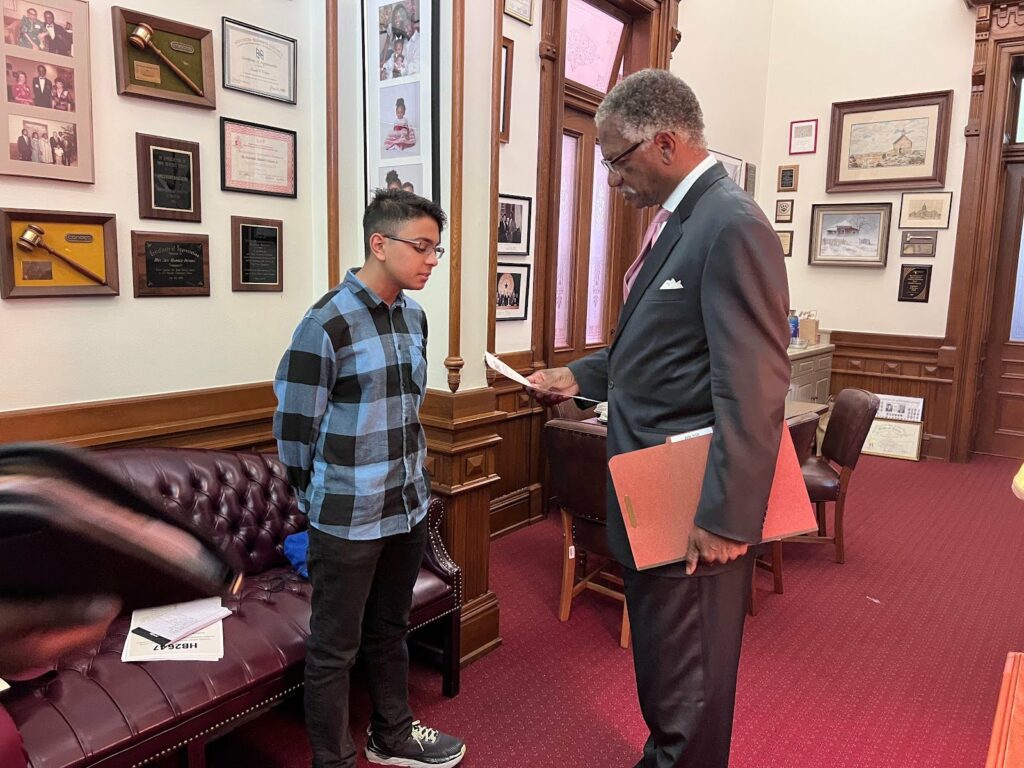Did you know that the last time the United States Government released a national strategy on suicide prevention was in 2012? That’s 12 years since the nation has had an updated and comprehensive outline that can guide us in the fight to prevent suicide.
Recently, the Biden-Harris Administration released a new National Strategy for Suicide Prevention (NSSP) and many of the actions have to do with us as young people! Given my lived experiences with mental health and those of our generation at large, I believe it’s important for all young people to be aware of the steps that are being taken to address the youth mental health crisis and rising rates of youth suicide.
One of the main goals of the NSSP is to implement comprehensive suicide prevention programs for populations disproportionately affected by this issue – including young people! With social media, young people are exposed to negativity and false notions of perfection, which are often harmful to their well-being and mental health. Despite this, I believe that we need to adapt to the times we are living in. Social media is not going anywhere and young people are not going to stop using it. We need to work to make social media a better environment for young people and to connect them with resources or other avenues of support.
The NSSP seeks to harness the power of social media to support suicide prevention efforts, which is a new and innovative approach to this movement. It also aims to put together more community-based programs where young people have access to mental healthcare through schools and communities. This includes protecting youth in the child welfare, foster care, and juvenile justice systems. Incarcerated young people or those in foster care often don’t receive mental health screenings and may lack access to support. For incarcerated youth, pre-existing mental health conditions might be exacerbated by their time in prison. The NSSP also includes training for community staff members in various systems, including prison staff.
Although these are a few of the recommendations in the NSSP pertaining to youth, there are many other action items that relate to the overall American population. This includes raising awareness among Americans about suicide, conducting research about possible intervention strategies, improving treatment services and access to them, and ensuring equitable programs that serve diverse and underserved communities.
The NSSP is a great step towards ending suicide and paves a clear path forward that teachers, students, parents, community members, businesses, educational institutions, local and state governments, and more can take to address the growing crisis. It shows actions that all of us can work towards and gives us a plan to not only address the rising rates of suicide but also to recognize which communities need support the most.
What can you as a young person do to support the NSSP? Firstly, you can reach out to your school board and ask them to adopt the American Foundation for Suicide Prevention’s Model School District Policy on Suicide Prevention. This policy outline includes many of the actions listed in the NSSP and can help school districts navigate what to do in various situations and how to involve all stakeholders in preventing suicide. Start by going to your district’s website and find the page about the Board of Trustees (sometimes called the Board of Education). The contact information for the board members is often listed on this page and you can reach out to them directly about these matters.
Another way to support the ideas in the NSSP is to start a school mental health club, such as an Active Minds chapter. This way, you can not only host awareness events and programs in your school but you can also create a social media page to spread awareness among the student body about suicide prevention resources available to your specific community. Lastly, you can also reach out to your federal, state, and local representatives (you can find them here) and ask them to support various action items listed in the NSSP by authoring and supporting related legislation. Include your personal story and your opinion on why these actions are important.
We all have a part to play in preventing suicide, and the actions in the NSSP are ways that we can better support others to create a brighter future.
 This is me testifying before the Texas State Board of Education.
This is me testifying before the Texas State Board of Education.

Comments
0